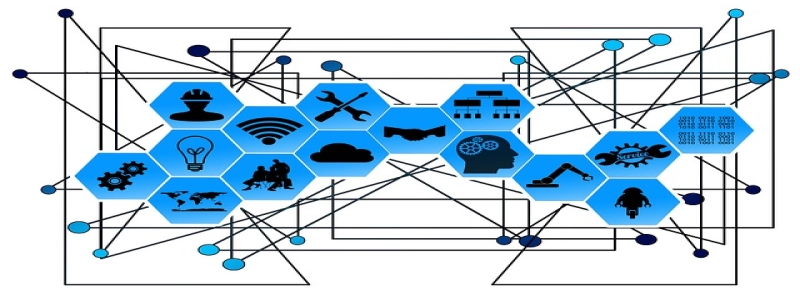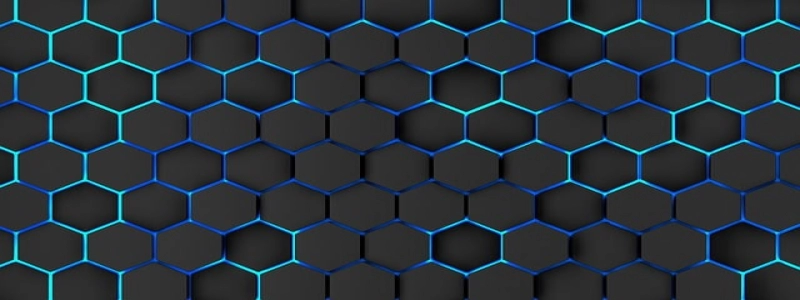SFP MADI
1. การแนะนำ
1.1 What is SFP?
1.2 What is MADI?
2. SFP Technology
2.1 SFP Features
2.1.1 Hot Pluggable
2.1.2 Compact Size
2.1.3 High Speed
2.2 SFP Types
2.2.1 SFP Transceiver
2.2.2 SFP+ Transceiver
3. MADI Technology
3.1 What is MADI?
3.2 MADI Features
3.2.1 High Channel Count
3.2.2 Low Latency
3.2.3 Redundancy Support
4. SFP MADI
4.1 SFP MADI Overview
4.2 SFP MADI Applications
4.2.1 Live Sound Reinforcement
4.2.2 Broadcast Studios
4.2.3 OB Vans
4.2.4 Audio Post-Production
5. Benefits of SFP MADI
5.1 Flexibility
5.2 Scalability
5.3 Interoperability
6. บทสรุป
1. การแนะนำ
1.1 What is SFP?
SFP, also known as Small Form-factor Pluggable, is a compact and modular transceiver design that is widely used in networking and telecommunication applications. It provides a flexible and cost-effective solution for connecting network devices.
1.2 What is MADI?
MADI, which stands for Multichannel Audio Digital Interface, is a digital audio protocol designed for transmitting multiple audio channels simultaneously over a single cable. It is commonly used in professional audio applications such as live sound reinforcement and studio recording.
2. SFP Technology
2.1 SFP Features
2.1.1 Hot Pluggable
SFP transceivers can be plugged and unplugged from network devices without the need to power off or interrupt the operation of the system. This feature allows for easy installation and maintenance.
2.1.2 Compact Size
SFP modules are significantly smaller than other optical transceiver modules, making them ideal for high-density applications where space is limited.
2.1.3 High Speed
SFP modules support high-speed data transmission rates, ranging from 155Mbps to 10Gbps, depending on the specific SFP type.
2.2 SFP Types
2.2.1 SFP Transceiver
SFP transceivers are commonly used for transmitting data over fiber optic cables. They support various communication standards such as Gigabit Ethernet, Fast Ethernet, and Fibre Channel.
2.2.2 SFP+ Transceiver
SFP+ transceivers are an enhanced version of SFP transceivers that support higher data rates, typically up to 10Gbps. They are typically used for 10 Gigabit Ethernet applications.
3. MADI Technology
3.1 What is MADI?
MADI is a digital audio interface that allows for the transmission of multiple audio channels over a single cable. It provides a reliable and efficient method for transmitting high-quality audio signals in professional audio applications.
3.2 MADI Features
3.2.1 High Channel Count
MADI supports a high channel count, typically up to 64 audio channels, allowing for the simultaneous transmission of multiple audio sources.
3.2.2 Low Latency
MADI offers low latency, ensuring that audio signals are transmitted without any noticeable delay. This is crucial in live sound reinforcement applications where real-time audio processing is required.
3.2.3 Redundancy Support
MADI supports redundancy configurations, allowing for the transmission of audio signals through multiple cables to ensure uninterrupted audio transmission in case of a cable failure.
4. SFP MADI
4.1 SFP MADI Overview
SFP MADI combines the benefits of SFP technology and MADI technology, providing a flexible and scalable solution for transmitting multiple audio channels over fiber optic cables.
4.2 SFP MADI Applications
4.2.1 Live Sound Reinforcement
SFP MADI is commonly used in live sound reinforcement setups, where it enables the transmission of multiple audio channels between the main sound console and the stage.
4.2.2 Broadcast Studios
In broadcast studios, SFP MADI is used to transport audio signals between different equipment, such as audio mixers, recorders, and playout servers.
4.2.3 OB Vans
SFP MADI is also utilized in outside broadcast (OB) vans, allowing for the transmission of audio signals between the van and the production control room.
4.2.4 Audio Post-Production
SFP MADI is an essential component in audio post-production workflows, enabling the exchange of audio signals between different tools and systems for editing, mixing, and mastering.
5. Benefits of SFP MADI
5.1 Flexibility
SFP MADI offers flexibility in terms of cable length, allowing for the transmission of audio signals over long distances without any loss in quality. It also supports various audio sample rates, making it compatible with different audio formats.
5.2 Scalability
SFP MADI provides scalability, allowing for the easy expansion of audio channels as needed. Additional SFP MADI modules can be added to the system to increase the number of audio channels supported.
5.3 Interoperability
SFP MADI ensures interoperability between different audio devices and systems, regardless of the manufacturer. This allows for seamless integration of SFP MADI-equipped devices into existing audio setups.
6. บทสรุป
SFP MADI is a powerful and versatile solution for transmitting multiple audio channels over fiber optic cables. With its compact size, high-speed data transmission, and compatibility with MADI protocol, it is widely used in professional audio applications, providing flexibility, scalability, and interoperability. Whether in live sound reinforcement, broadcast studios, OB vans, or audio post-production, SFP MADI offers a reliable and efficient method for transmitting high-quality audio signals.








